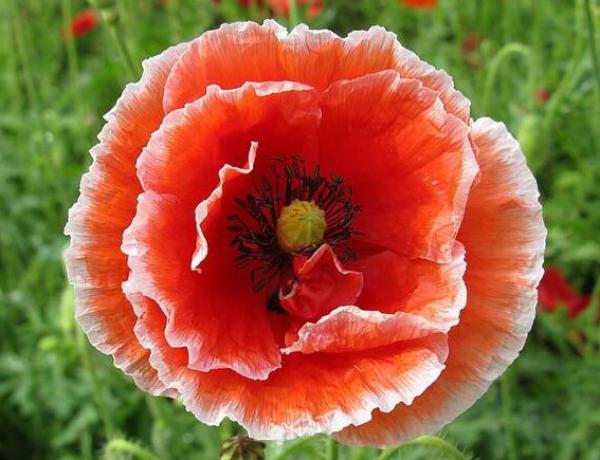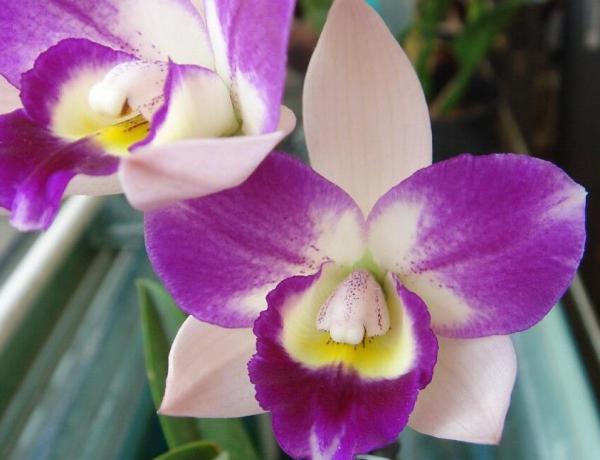What kind of fertilizer does the newly survived crab claw orchid apply?

Crab claw orchid is an evergreen succulent plant and belongs to a succulent flowering plant. Potted seedlings are usually propagated by cutting stems and leaves from the mother plant, and the survival rate is very high. Usually after the leaf seedlings take root and sprout smoothly, you can choose the machine to transplant and divide the pot.
The transplanting of cuttings of crab claw orchid is relatively simple, and it can be transplanted into the pot with soil. Then put the potted plants in a cool and ventilated place to slow down the seedlings. After about a week, the plant will be able to survive.
In general, there is no need for topdressing for crab claw orchid seedlings that have just been transplanted. Because when we put it on the basin, we usually apply enough base fertilizer in the basin. And the base fertilizer is generally based on rotten organic fertilizer, and some substances such as rotten bone meal can also be fertilized.
Therefore, the soil nutrients used to pot the crab claw orchid seedlings are very sufficient, so the newly survived crab claw orchid seedlings do not need topdressing in the short term. And the root system of the seedling itself is also underdeveloped, so it is easy to cause damage to its root system if it is fertilized prematurely.
If it is really necessary to fertilize the newly survived Little Crab claw Orchid, it is usually done in the case of confiscated application of sufficient base fertilizer and relatively low nutrients in the basin. And after the survival of the plant growth is relatively slow, thin, and even the lack of elements may lead to yellow leaves.
And crab claw orchid is not tolerant to fertilizer, so even topdressing needs to strictly control the concentration and dosage, especially to prohibit the use of organic fertilizer that has not been fermented and rotted. Usually, we can apply a little thin all-element compound fertilizer appropriately.
However, for the sake of safety, it is still recommended to use mature thin organic fertilizer solution, such as cake fertilizer water, soybean water and so on. Moreover, the frequency of topdressing should be strictly controlled, and the thin liquid fertilizer should be applied once every 2-3 weeks.
Related
- Fuxing push coffee new agricultural production and marketing class: lack of small-scale processing plants
- Jujube rice field leisure farm deep ploughing Yilan for five years to create a space for organic food and play
- Nongyu Farm-A trial of organic papaya for brave women with advanced technology
- Four points for attention in the prevention and control of diseases and insect pests of edible fungi
- How to add nutrient solution to Edible Fungi
- Is there any good way to control edible fungus mites?
- Open Inoculation Technology of Edible Fungi
- Is there any clever way to use fertilizer for edible fungus in winter?
- What agents are used to kill the pathogens of edible fungi in the mushroom shed?
- Rapid drying of Edible Fungi



